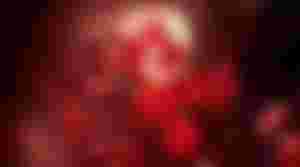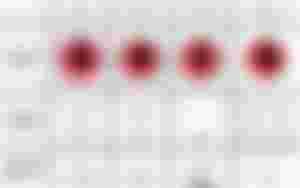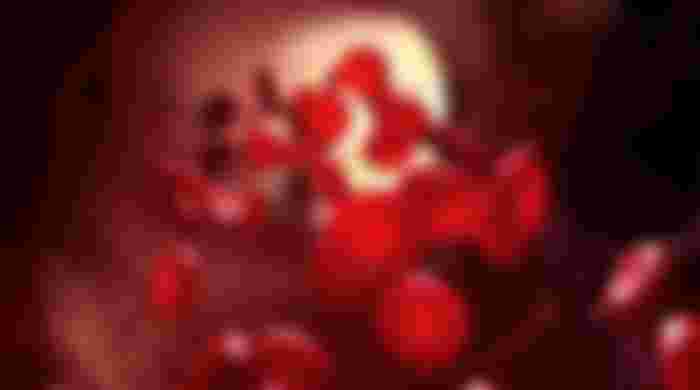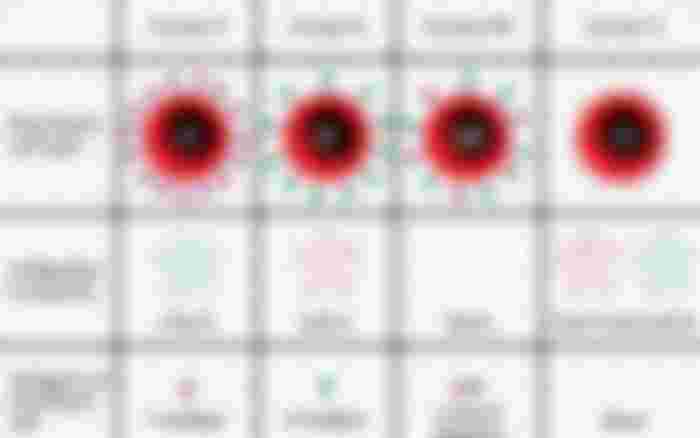This opaque red fluid is one of the internal means of transport in the body. It is carried through veins or arteries. Delivers food and oxygen to every tissue in the body.
This food and oxygen is essential for tissue growth and corrosion. In addition, hormones secreted from different glands of the body reach the organs through the blood, ensuring the performance of those organs. Blood removes tissue wastes.
Carries carbon dioxide to the lungs, to get it out of the body. The excess material is transported to the kidneys so that it can be excreted out of the body. Blood helps to keep the body temperature right.
It also helps maintain the balance of other body fluids. When the body becomes infected, the blood first builds up resistance against germs. Maintaining normal levels of acids and alkalis inside the body is also an important function of the blood.
Each drop of blood contains 250 million or 25 crore red blood cells, four lakh white blood cells and 25 million or two and a half crore platelets. These particles are immersed in a dull yellow liquid plasma.
Red blood cells carry oxygen from the lungs to the heart and carry carbon dioxide back to the lungs. Leukocytes destroy body-invading germs. And platelets help the blood to clot in the wound. Plasma carries these blood cells throughout the body. As well as providing chemicals and nutrients to different parts of the body.
Every 24 hours, a person's heart pumps 8,000 gallons of blood through 12,000 miles of blood vessels and arteries. The heart is always pumping blood. Under normal circumstances, 15 percent of the pumped blood goes directly to the brain, and 25 percent goes to the kidneys. 20 percent goes to the muscles. The heart itself needs an adequate blood supply.

Blood Components:
Blood cannot be transferred from one human body to another if one wants to. Its because there are different groups of human blood. Some of the chemical constituents in red blood cells and plasma are the cause of this classification of blood. Although there are different blood types, only ABO group and Rh factor are important for blood circulation.
The coating of red blood cells contains a special type of compound called an antigen. There are two types of antigens. The name of one is A and the name of the other is B.
If there is only A antigen in the coating of red blood cells, then blood group will be A, if there is only B antigen, then blood group will be B, if there are both antigens, then blood group will be AB and if there is no antigen, then blood group will be O.
Just as red blood cells contain antigens, so do plasma antibodies. There are usually two types of antibodies - Anti-A and Anti-B.
Antigen and Antibody destroy each other. For this reason, those who have A antigen (Blood Group-A) in their blood cells have Anti-B Antibody in their blood plasma. Similarly, those who have B Antigen (Blood Group-B) in their blood cells have Anti-A Antibody in their blood plasma.
Whose blood cells contain both A and B Antigen-B (Blood Group-AB) have no antibody in their blood plasma. And those who do not have any Antigen-B AB in their blood (Blood Group-O) have both Anti-A and Anti-B Antibody-B in their blood.
In case of blood transfusion, the donor and the recipient must be of the same blood type. When a blood transfusion is given to a blood transfusion recipient, the blood cells break down in response to antigens and antibodies, and the blood vessels become blocked, causing danger and even death.
There is no antigen in the blood cells of group O. Therefore, a small amount of O group blood can be given to the body of any group of people. Therefore, group O donors are called universal donors. AB group plasma has no antibody. Therefore, a small amount of blood of any other group can be given to the human body of AB group. That is why AB group people are called universal recipients.
However, the right group of blood circulation is always safe. The concept of universal donor or universal recipient is never applied without a state of emergency.
Another important blood group for circulation is the rhesus group or rhesus factor. Rhesus Macaqus contains a special type of compound that covers the red blood cells of Indian monkeys. The blood of people who have similar compounds in their red blood cells is called Rh positive and the blood of people who do not have such compounds in their blood is called Rh negative.
Blood group is ABO and Rh Positive or Rh Negative.
Blood group based rate of population of Bangladesh
A = 22.44% B = 35.20% O = 33.98% AB = 8.39%
Rhesus factor rate of blood in the population of Bangladesh
Rhesus Positive = 97.44% Rhesus Negative = 2.56%

If anyone want to get sponsors then please join with the "Get Sponsored !!" community.
@Ashma thank you for supporting us.


I think the most compatible blood of all is RH-Null, it is compatible with almost all blood types, and it is pretty rare, this type of blood can save lives. A bag of it can cost gold. There are only 42 people who have this kind of blood. Ironically, it is like a curse for those people who bear them because of they get an accident, the blood will not be available soon :< kinda sad.